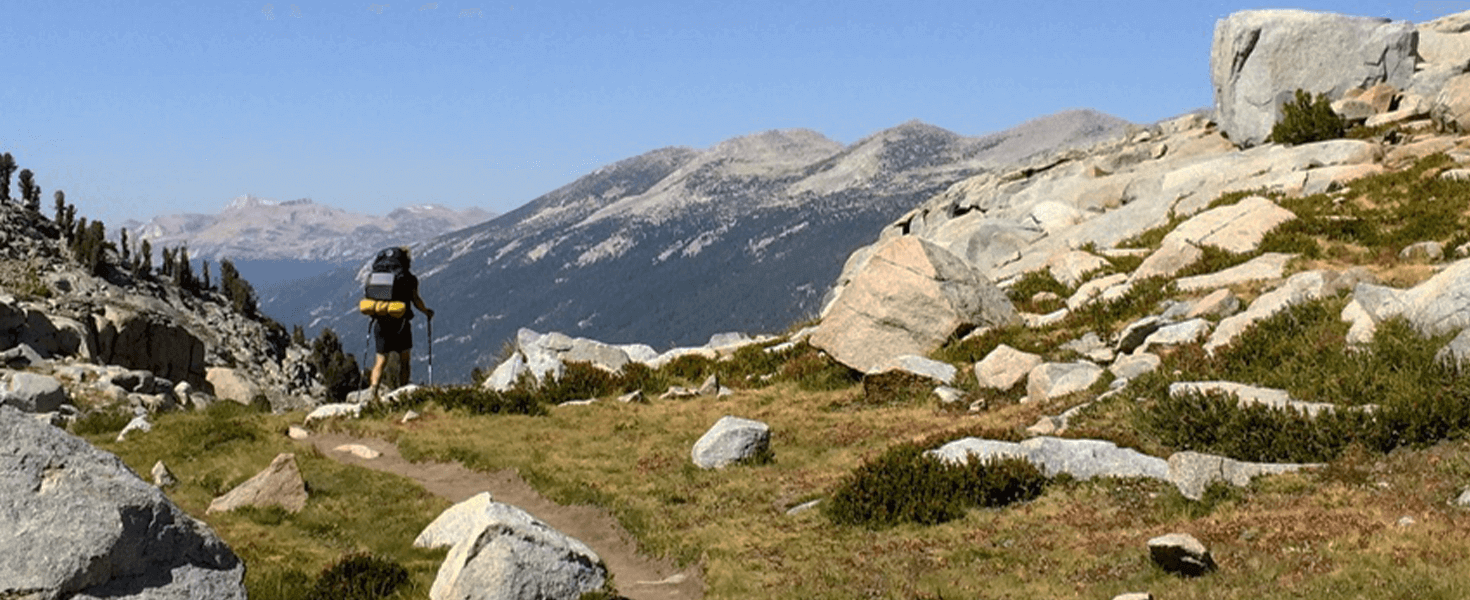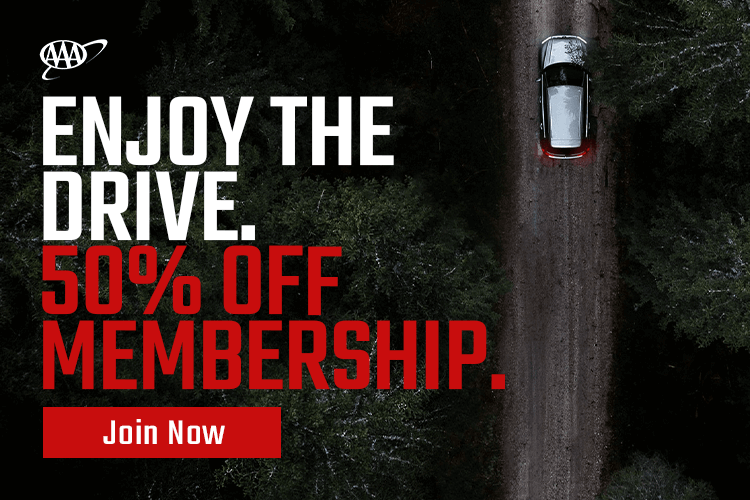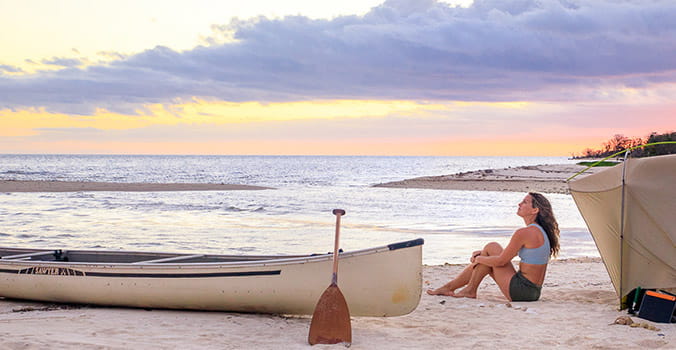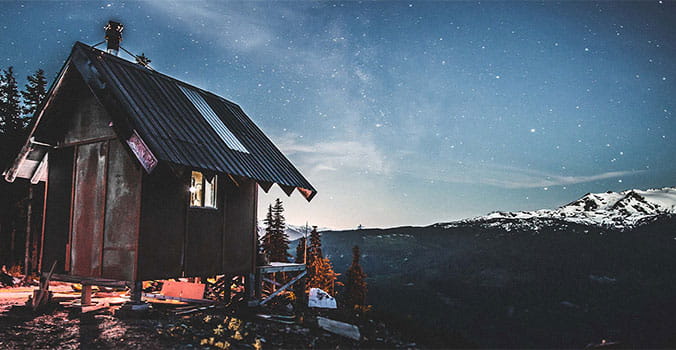The lucky ones
We’d done the math, and the odds hadn’t been good, but after twenty-eight mornings of faxed applications, we were completely caught off guard by an email that approved us to hike the John Muir Trail. Two hundred eleven miles from Yosemite Valley to Mt. Whitney, the JMT winds through the high sierras, leaving lush green meadows to climb eleven passes on the way to the highest peak in the lower forty-eight, a barren rocky landscape more akin to Mars than Earth. What had become a running joke was suddenly our reality. As Richard Branson put it so well, “say yes—then learn how to do it later!” Well, this was the “later”! Although we did plenty of research before the journey, nothing could have prepared us for the experience itself.

High and lows
We were given three weeks to complete the hike, which required we travel twelve miles per day. However, because of a late start, we barely hit five miles on the first day. On day two, we summited the iconic Half Dome. This milestone added seventeen miles to our already long journey, but it was my 30th birthday, and worth it—the breathtaking panorama of the valley below served as both the perfect gift and an hors d’oeuvre of the scenery to come.
The days between Half Dome and our first resupply at Red’s Meadow were a blur. In those fifty-seven miles, our feet and knees underwent trial by fire. Everything was sore, and nagging pains had begun to develop anywhere and everywhere. More physical training may have helped, but nothing can quite mimic the rigor of the trail itself—the rough terrain, seemingly unending descents, each little rock felt through the soles of our shoes. Summiting Donahue Pass, I developed a knee injury that resulted in a rearrangement of our pack-hauling. The physical ailments were starting to take a toll on my mental state, and the days that followed were a constant tug of war between physical and mental.

As the days passed, we established a camp routine, working in concert toward the goals of sleeping and then walking again. The confines of daylight made efficiency key. Even with our routine, we were often forced to adjust—the higher we climbed, the colder it became. On day eight, at Virginia Lake and 10,300 feet above sea level, it was so cold that the condensation caused it to literally rain inside our tent. The clothes we’d washed the day before were frozen on a rock by the lake. The tent needed to be dried before we packed it, and we ended up tying the frozen clothes to our bags to thaw while we hiked. With the sun still hiding behind the ridgeline, subfreezing temperatures and frozen hands made opening our food-filled bear canisters a major multi-person event. I even wondered, “Is this how the bears feel?”
Finding our rhythm
It took us seventy-two miles, a mental reset, one and a half breakups, and a smorgasbord of food at Red’s Meadow resupply station to finally hit our stride. But the following day, day seven, was our strongest yet. It was like I switched on the autopilot, and my mind and body finally began to work in unison.
Now that we were on cruise control, movement became second nature. We found room for enjoyment in the space left behind by our pains and physical fatigue. We talked about the food we craved—sometimes cheeseburgers, sometimes fresh veggies, always pizza.
One evening, we camped near Muir Trail Ranch and heard rumors of hot springs nearby. After making camp, we set off to find nature’s hot tubs. We found them, and we also found Frank. Frank, a California native, had hiked 50 miles to these springs once a year since the ’80s. He was posted up alone in the muddy spring with an inflatable inner tube and chalice of wine. The scene was something straight from a movie, and we wanted to be a part of it.
The halfway point
It was day ten when we hit the halfway point of the JMT—it was also at this point that we seriously discussed kicking things into overdrive on the trail so that we could spend the final week of our vacation on a tropical island, an option we’d talked about even before the hike. We’d averaged eleven miles per day to that point, so to have enough time for fruity drinks on the beach, we needed to travel twenty-five miles per day for the rest of the trail. It’s amazing how motivating a Dirty Banana cocktail under a beach umbrella can be. We decided to go for it.
The final push
The night before summiting Mt. Whitney, it was snowing and 22ºF when we arrived at camp—colder than any of the previous thirteen nights. We were so cold that we zipped our two sleeping bags together in an attempt to combine our body heat, but even that was not enough. Sleeping another night in the tent at an even higher altitude and in even colder temperatures wasn’t an option I was willing to entertain. We would do everything in our power to not only summit Mt. Whitney but also descend 8,000 feet to the valley below. Whatever it took, we would be warm while we slept the next night. But we weren’t warm that night: wearing every piece of clothing we had packed, tucked together like a double burrito in one big sleeping bag, that frigid night granted us just one hour of sleep. Luckily for us, we were used to running on empty, and that day more than ever, endorphins were on our side. With no direction to go but forward, we set off on the last 25 miles.

By this point, our bodies had become accustomed to the heavy weight of our overpacked bags, but we still jumped at the opportunity to drop them a couple of miles from the peak. Fourteen days had passed since we hiked without weight on our shoulders, and without the packs, we felt like mountain goats. We floated across the most technical terrain we’d seen yet, a boulder scramble of a trail, and two miles later, we stood together atop the highest peak in the continental United States. At 14,496 feet, slightly dazed from the thin Sierra air, we celebrated with the last of our snacks and marveled at the grandeur of the views that surrounded us.
After ninety-nine switchbacks, most of which we navigated in the dark, we emerged through Whitney Portal with no food left and no plans for getting home. Nonetheless, we were filled with joy, relief, and pride at our accomplishment. With fourteen days of repressed fatigue suddenly taking hold, I hugged William and felt his words more than I heard them: “We did it.”

We hitched a ride into Lone Pine that night and slept in a hotel room with only a sink. At 5:00 a.m., we took a shuttle to the closest town with rental cars, drove four hours to Las Vegas, charged our phones in the airport entry (with a charger borrowed from a check-in agent), and bought the next red-eye flight to Washington D.C. When we landed, we took the very first flight to the Caribbean.




